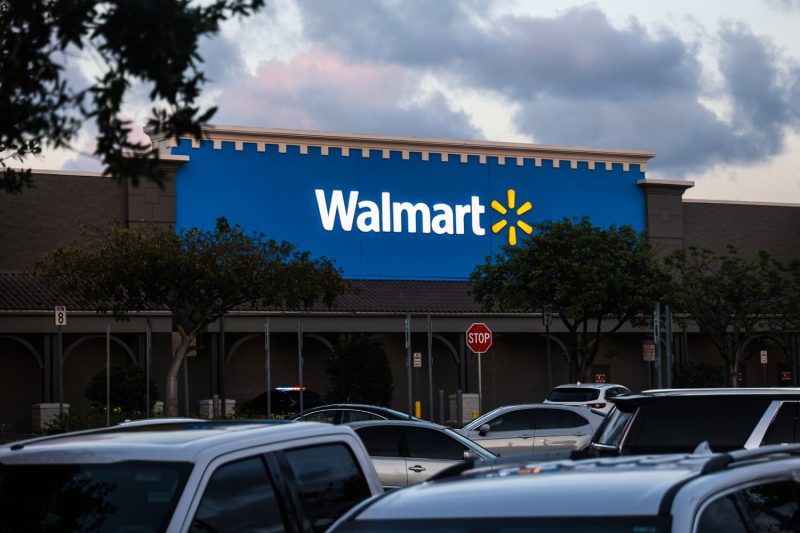
Retail Giants Walmart and Amazon See Ad Spending Surge While TV Ads Decline
The changing landscape of advertising expenditure: A shift towards retail giants
In the world of advertising, where and how brands allocate their budgets plays a crucial role in shaping consumer perceptions and driving sales. Recent trends indicate a notable shift in ad spending patterns, with advertisers increasingly focusing on retail behemoths like Walmart and Amazon, while traditional mediums such as television witness a decline in investment.
The rise of online shopping and e-commerce platforms has transformed the way consumers engage with brands and make purchasing decisions. As a result, advertisers are redirecting their budgets towards channels that allow for more targeted and data-driven approaches, catering to the evolving preferences of today’s tech-savvy consumers.
Walmart and Amazon, two retail giants that have witnessed unprecedented growth in recent years, have become prime destinations for advertisers looking to reach a wide and diverse audience. With their vast customer base and advanced advertising capabilities, these retailers offer brands the opportunity to connect with shoppers at every stage of the buying process, from product discovery to purchase.
One of the key drivers behind the increased ad spending at retailers like Walmart and Amazon is the shift towards performance-based marketing strategies. Advertisers are increasingly prioritizing measurable outcomes and return on investment, aiming to optimize their campaigns for maximum impact and efficiency. By leveraging the wealth of data available on these platforms, brands can tailor their messaging to specific audience segments, track user engagement, and attribute sales directly to their advertising efforts.
In contrast, traditional television advertising, which once dominated the marketing landscape, is experiencing a decline in favor of digital and online channels. As viewership habits evolve and audiences migrate towards streaming services and on-demand content, advertisers are reallocating their budgets to platforms that offer greater reach and engagement among target demographics.
The move towards digital advertising also reflects broader industry trends, such as the growing influence of social media platforms and the rise of influencer marketing. By partnering with popular online personalities and leveraging the power of social networks, brands can create authentic and engaging content that resonates with consumers, driving brand awareness and loyalty in the process.
As advertisers continue to navigate the ever-changing advertising landscape, it is clear that a strategic and data-driven approach is essential for success. By embracing new technologies, leveraging consumer insights, and tapping into the advertising potential of retail giants like Walmart and Amazon, brands can adapt to the evolving preferences of today’s consumers and drive meaningful results in an increasingly competitive marketplace.
